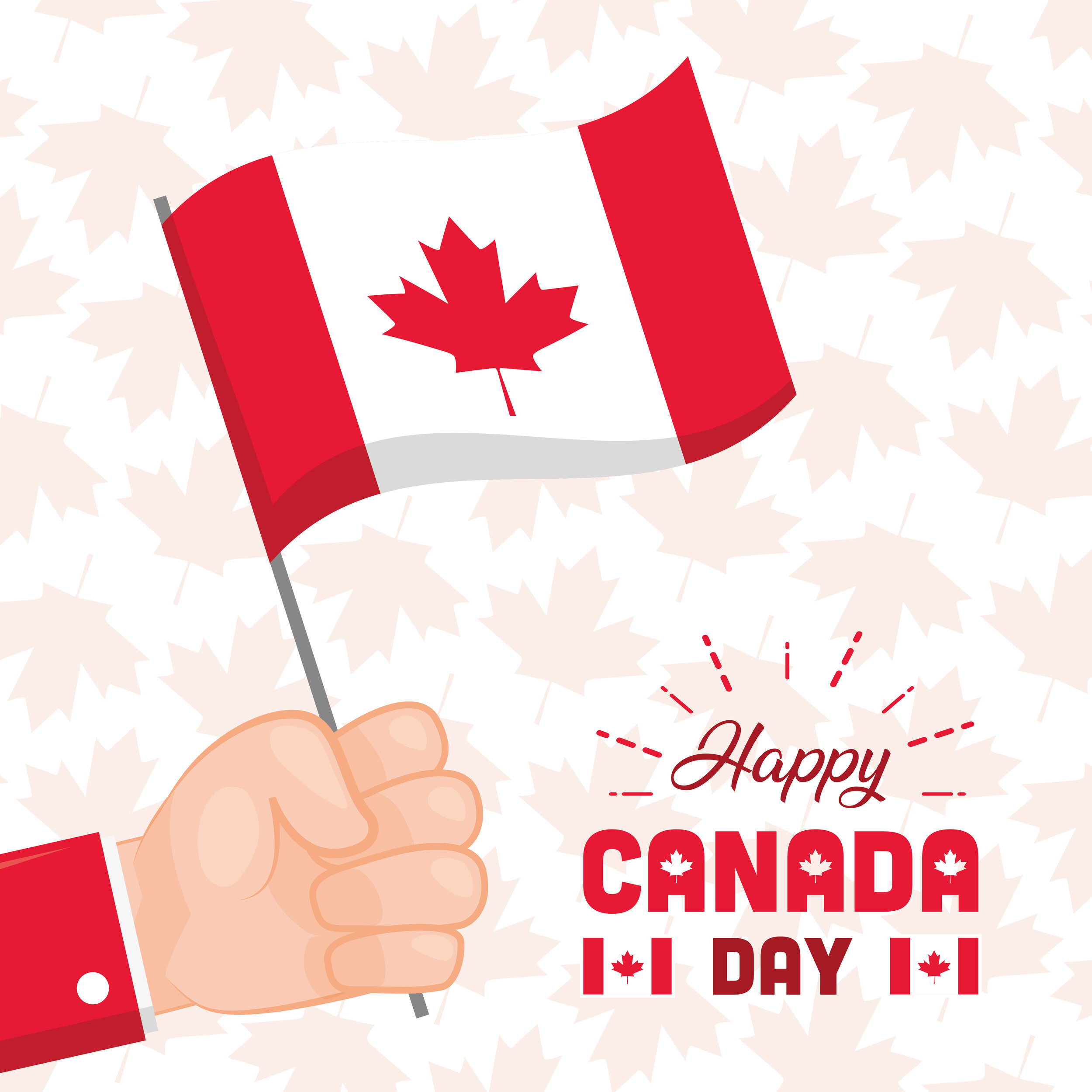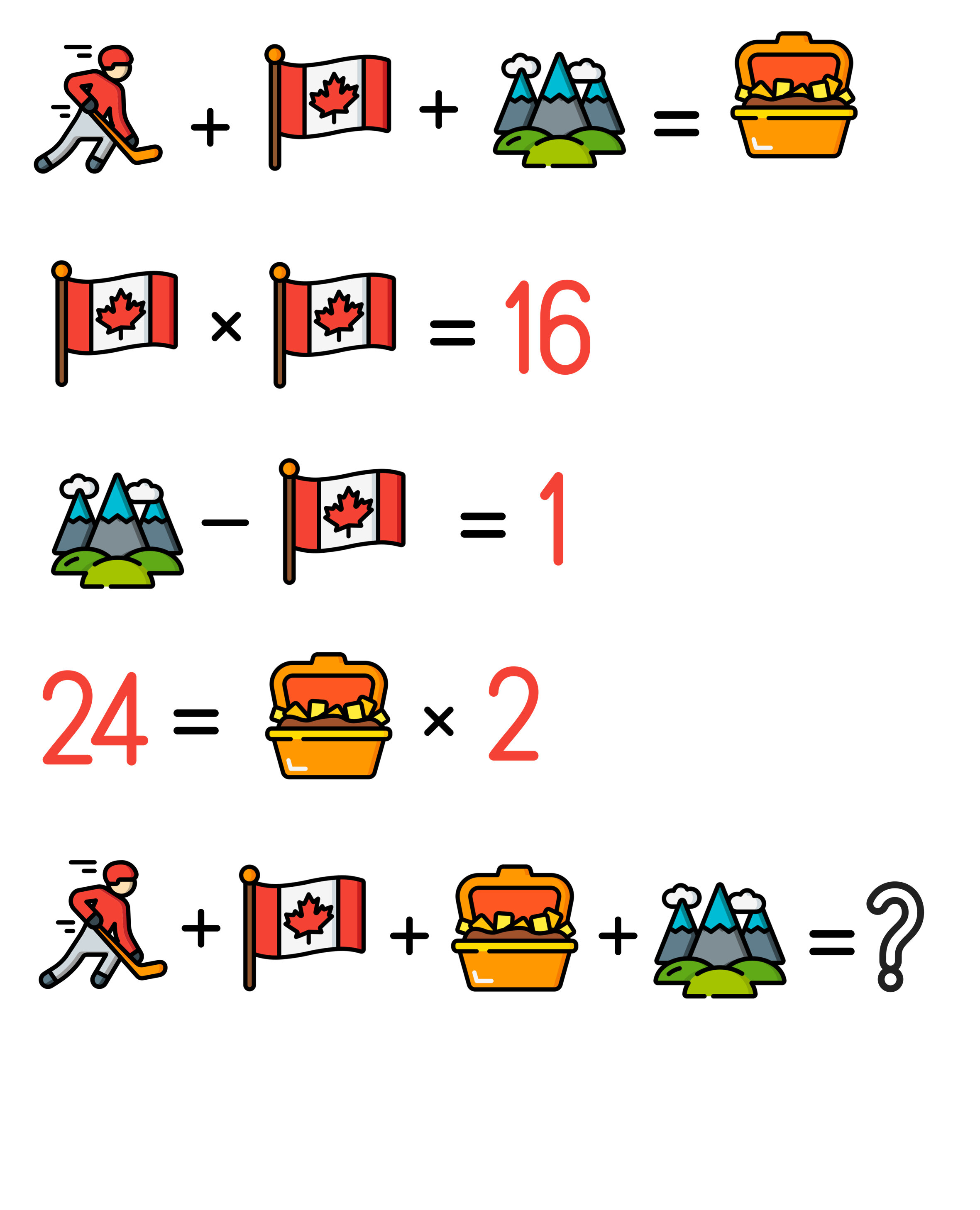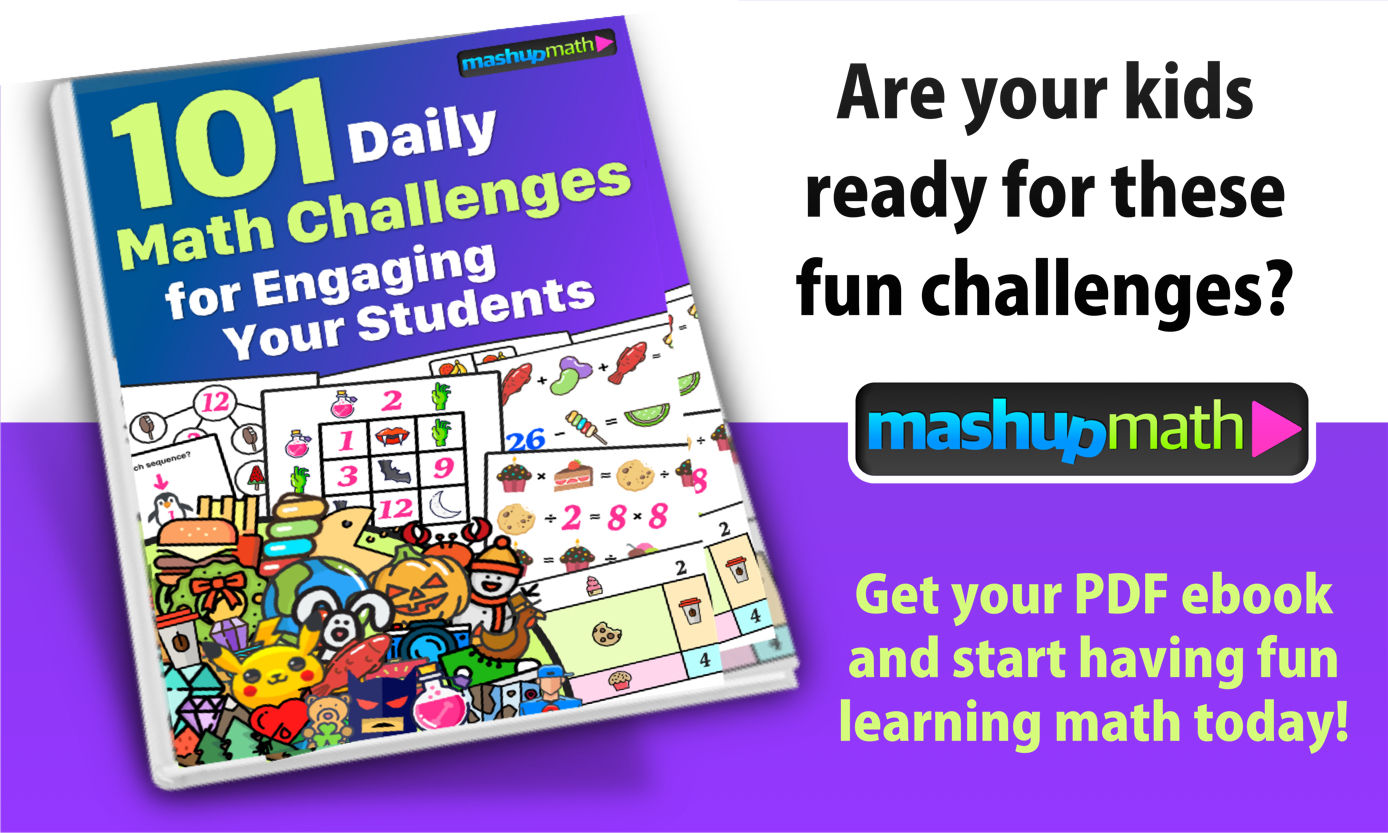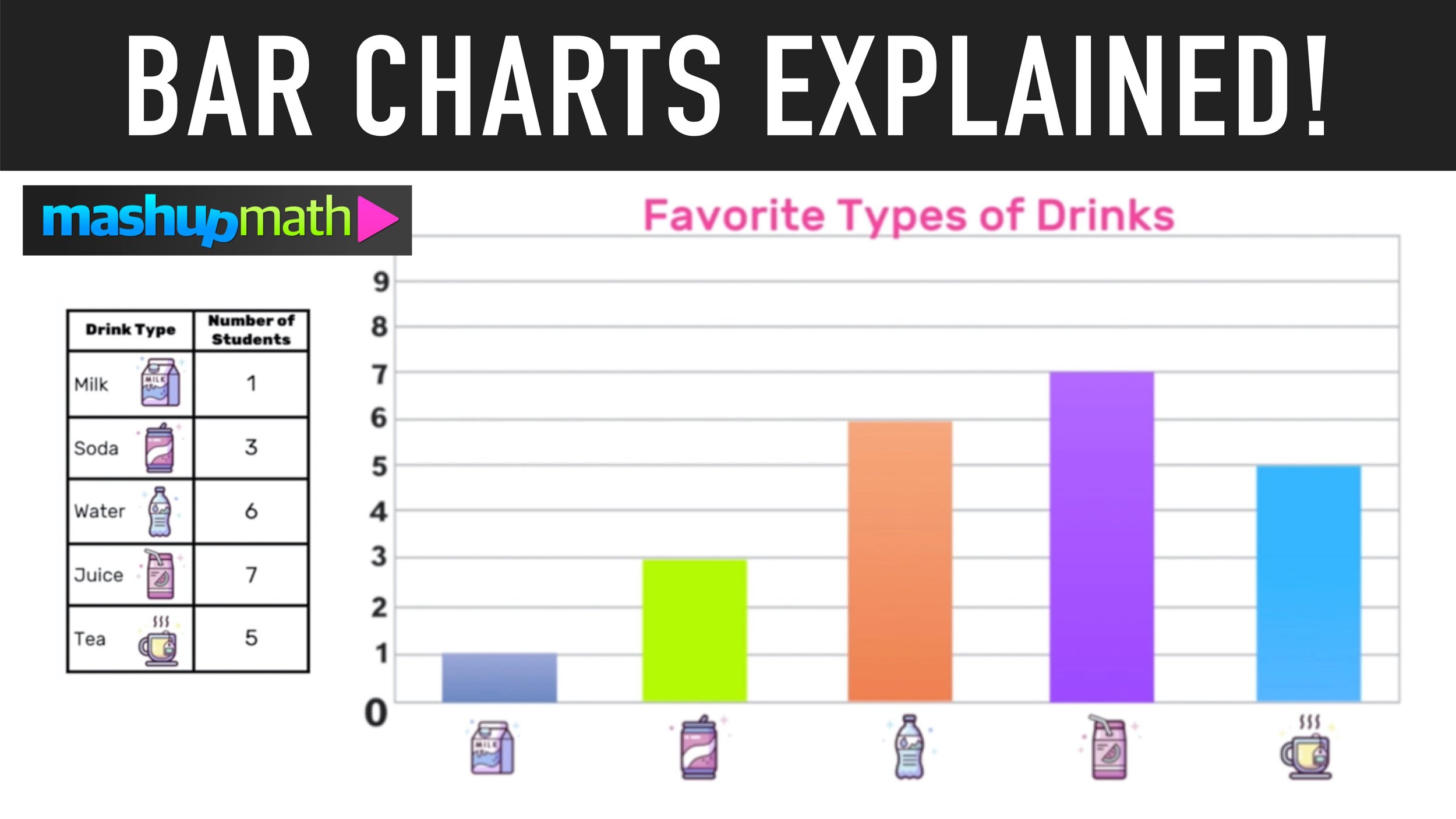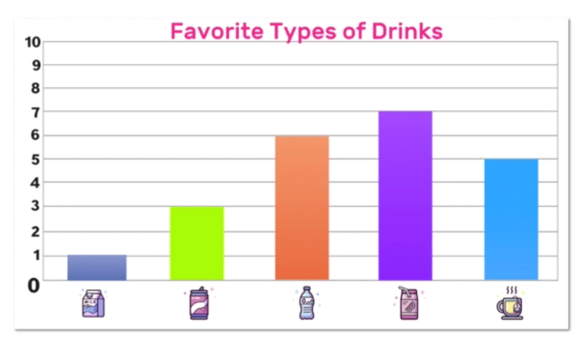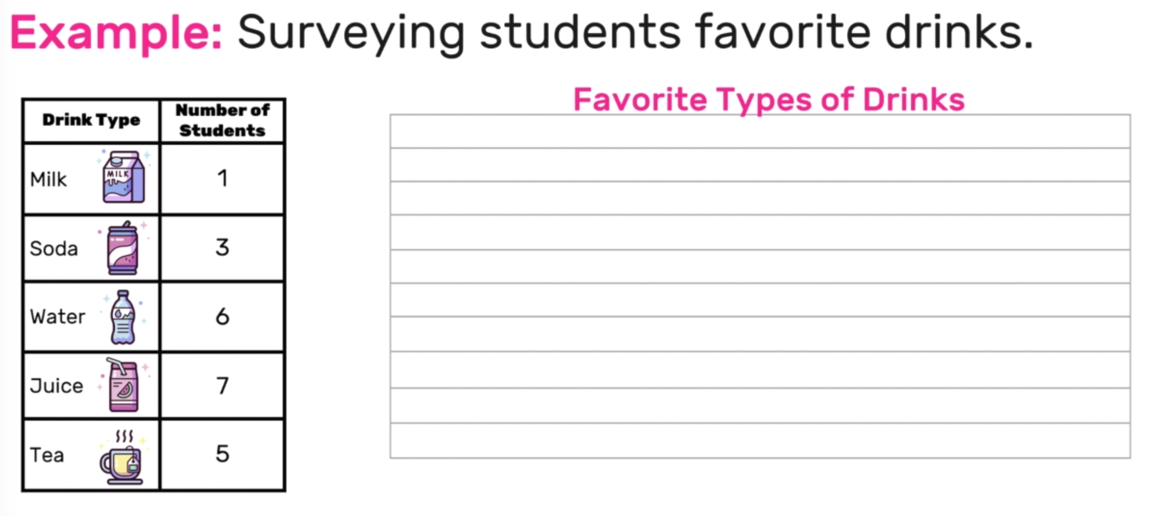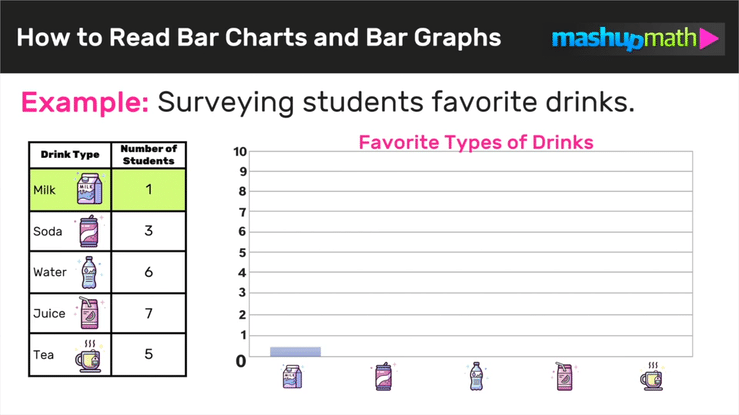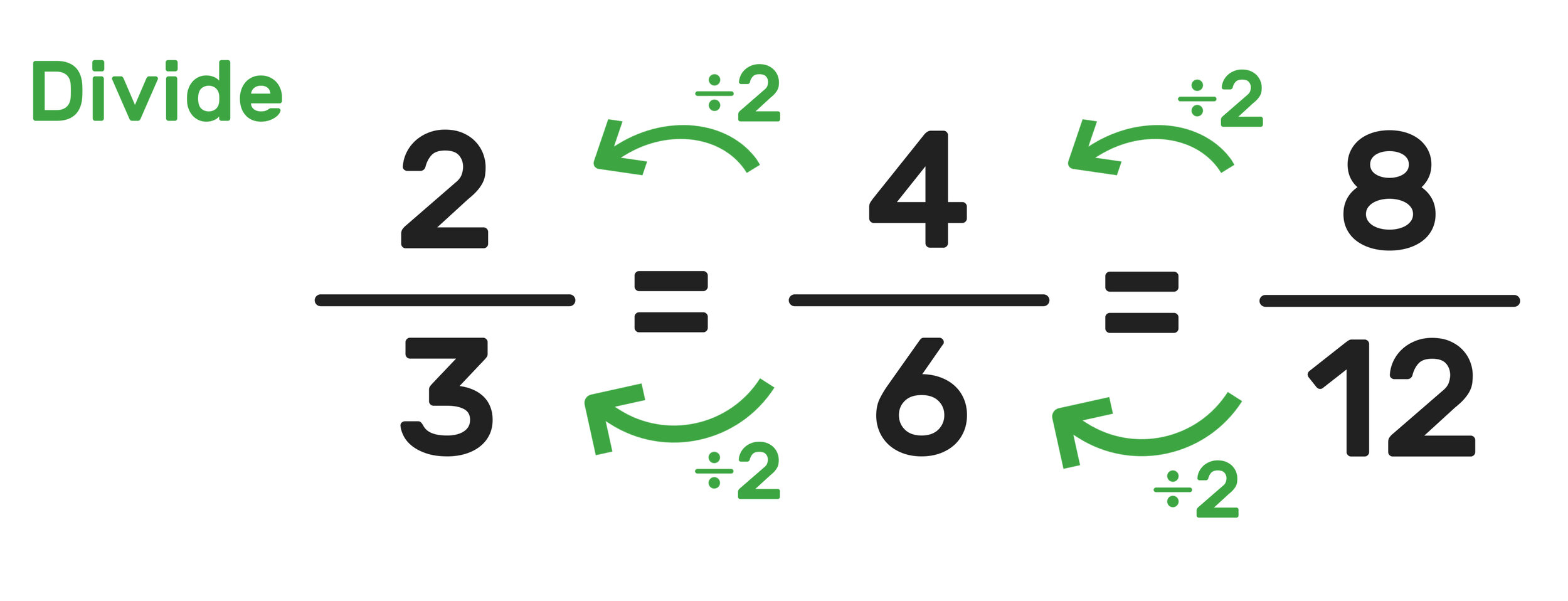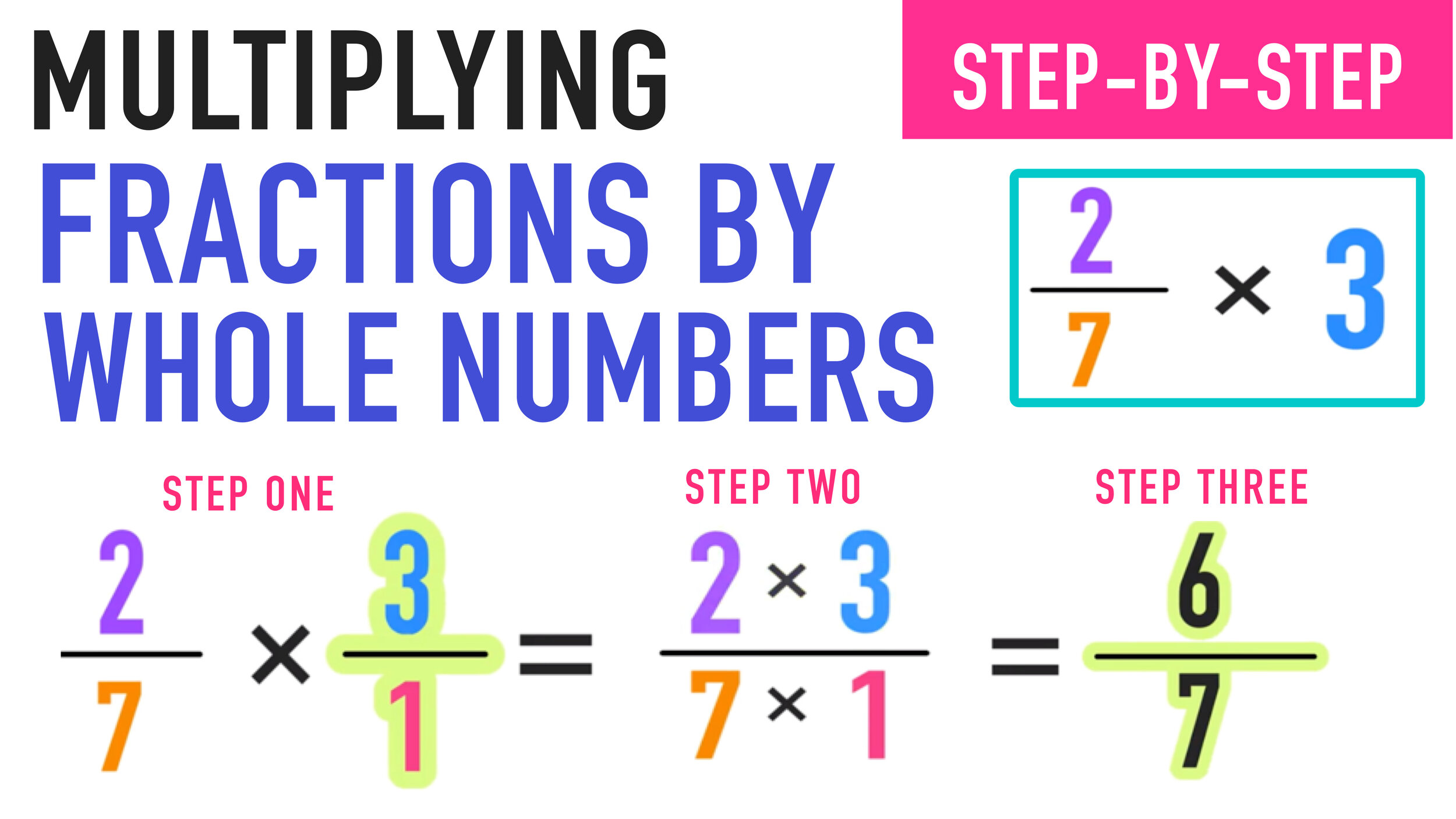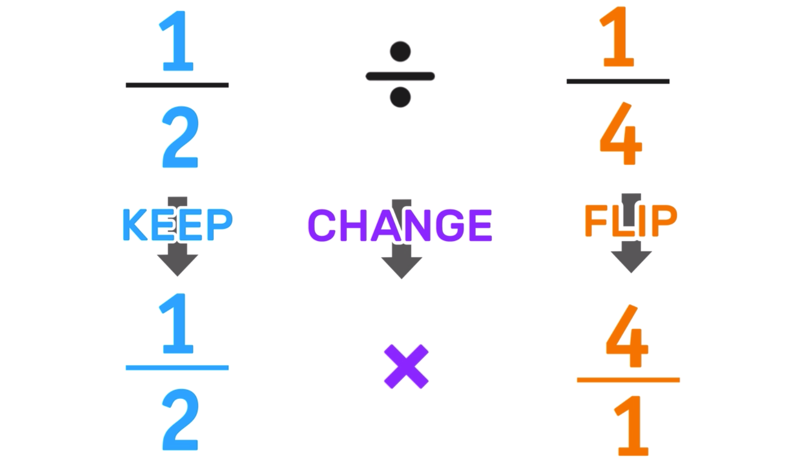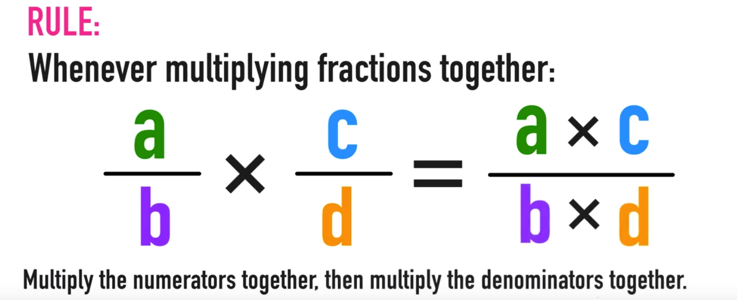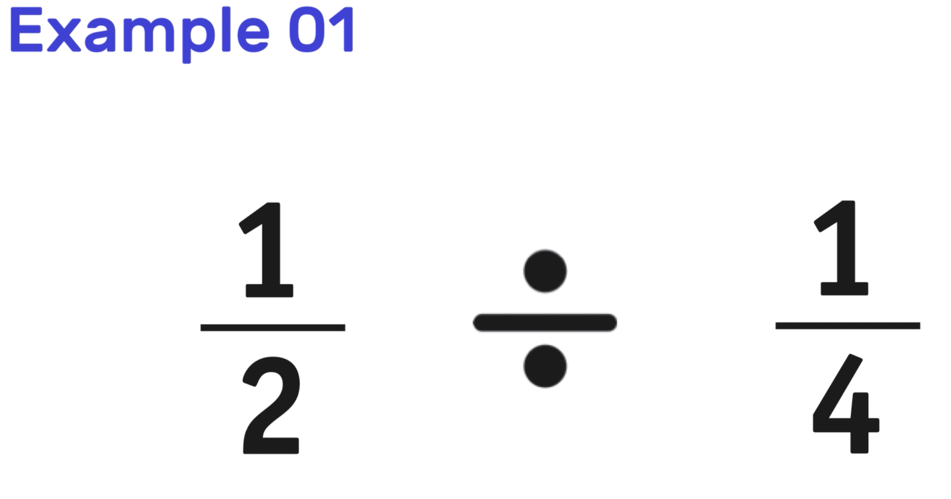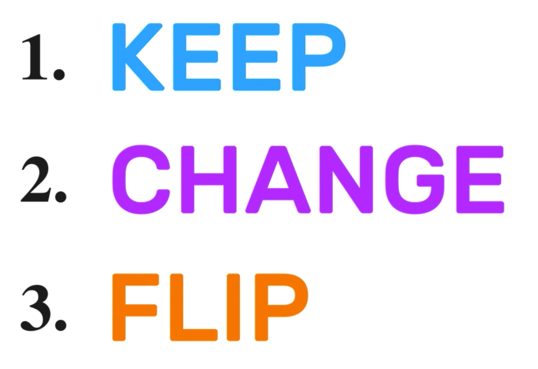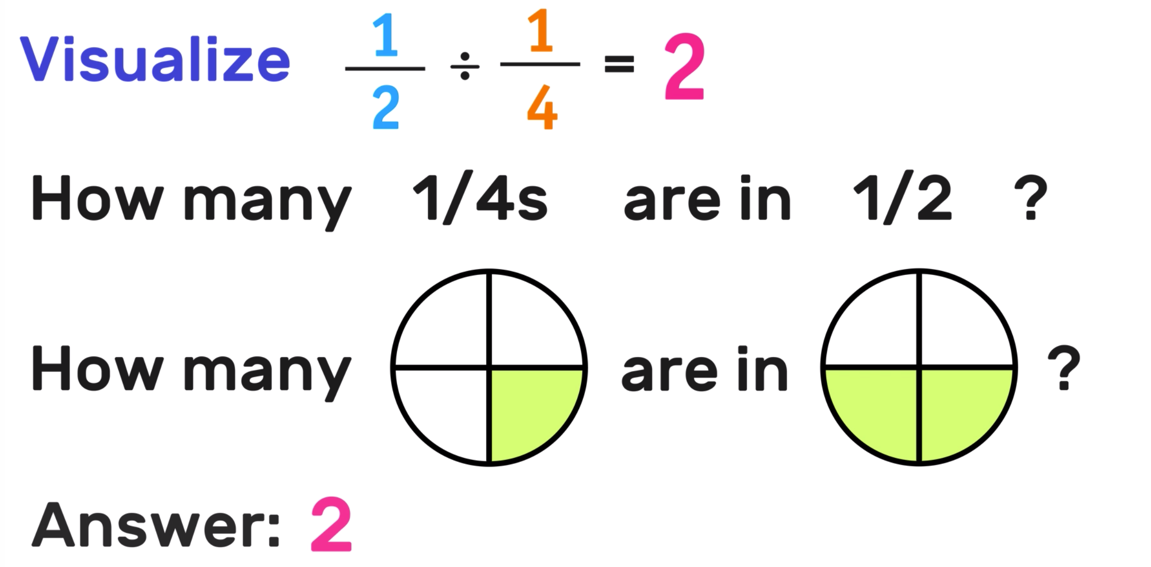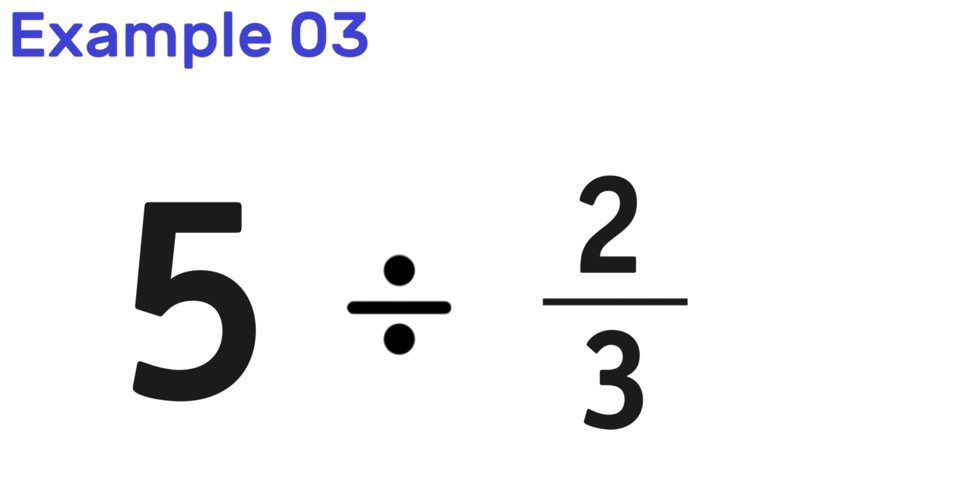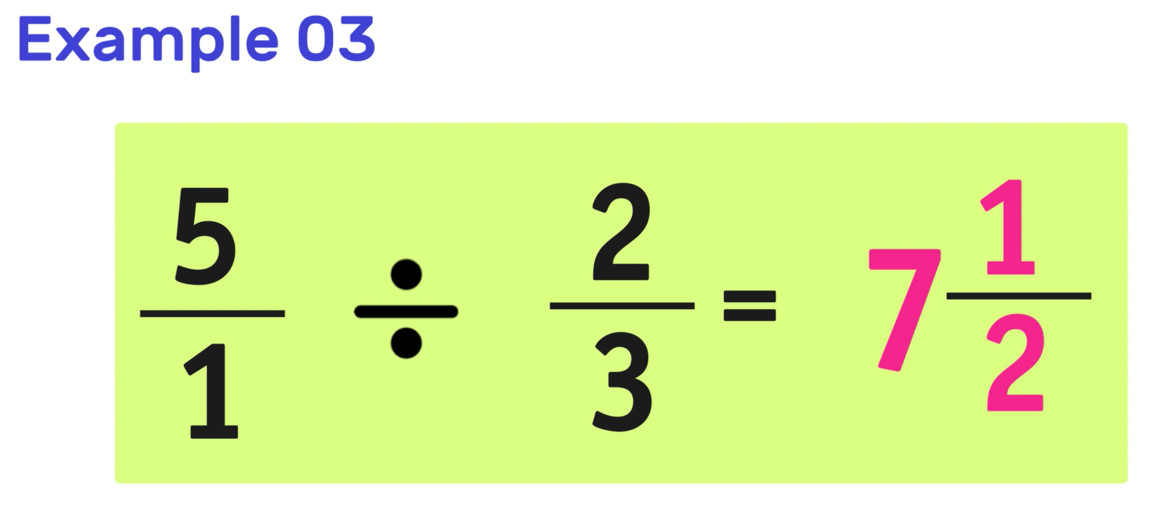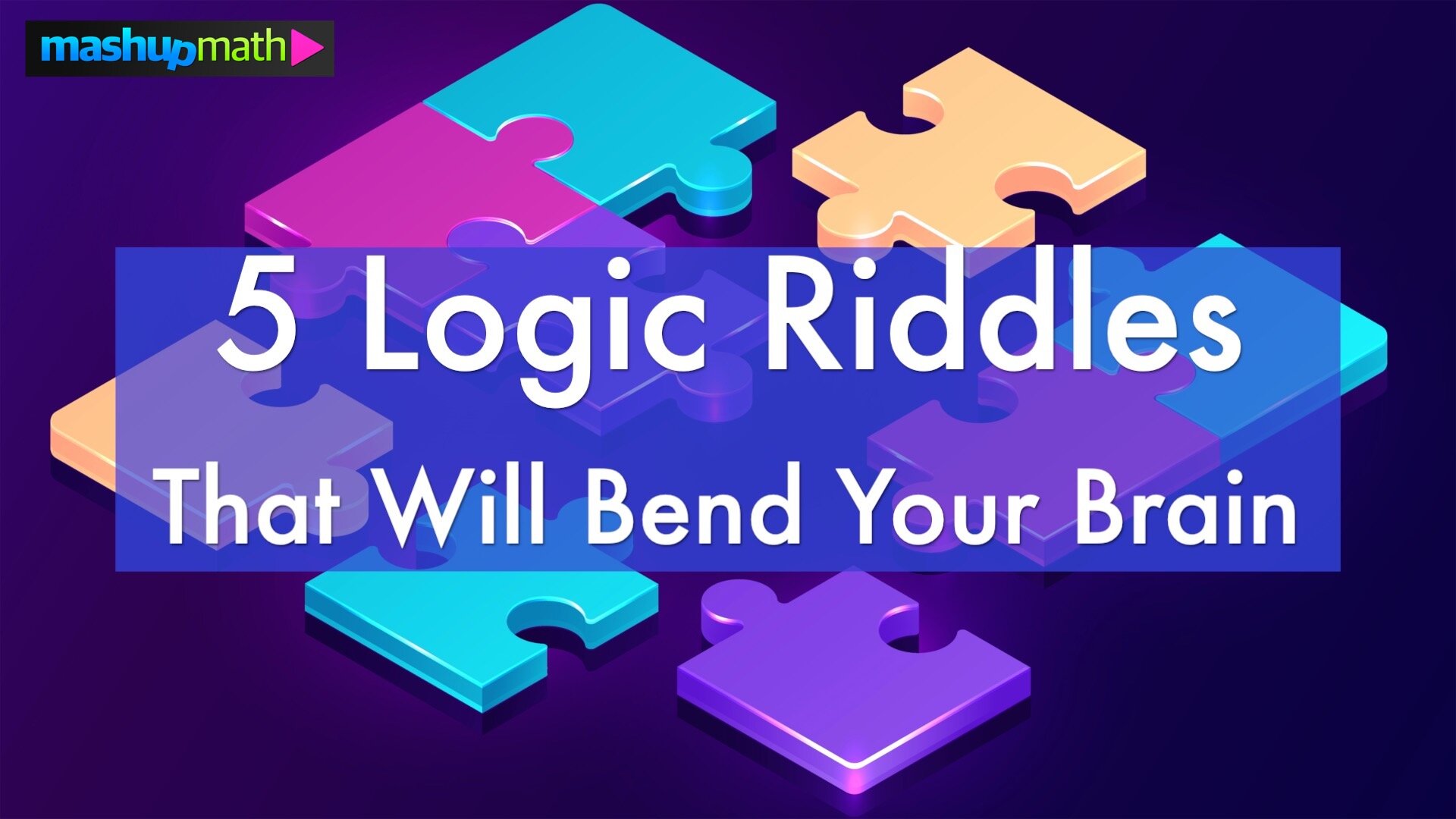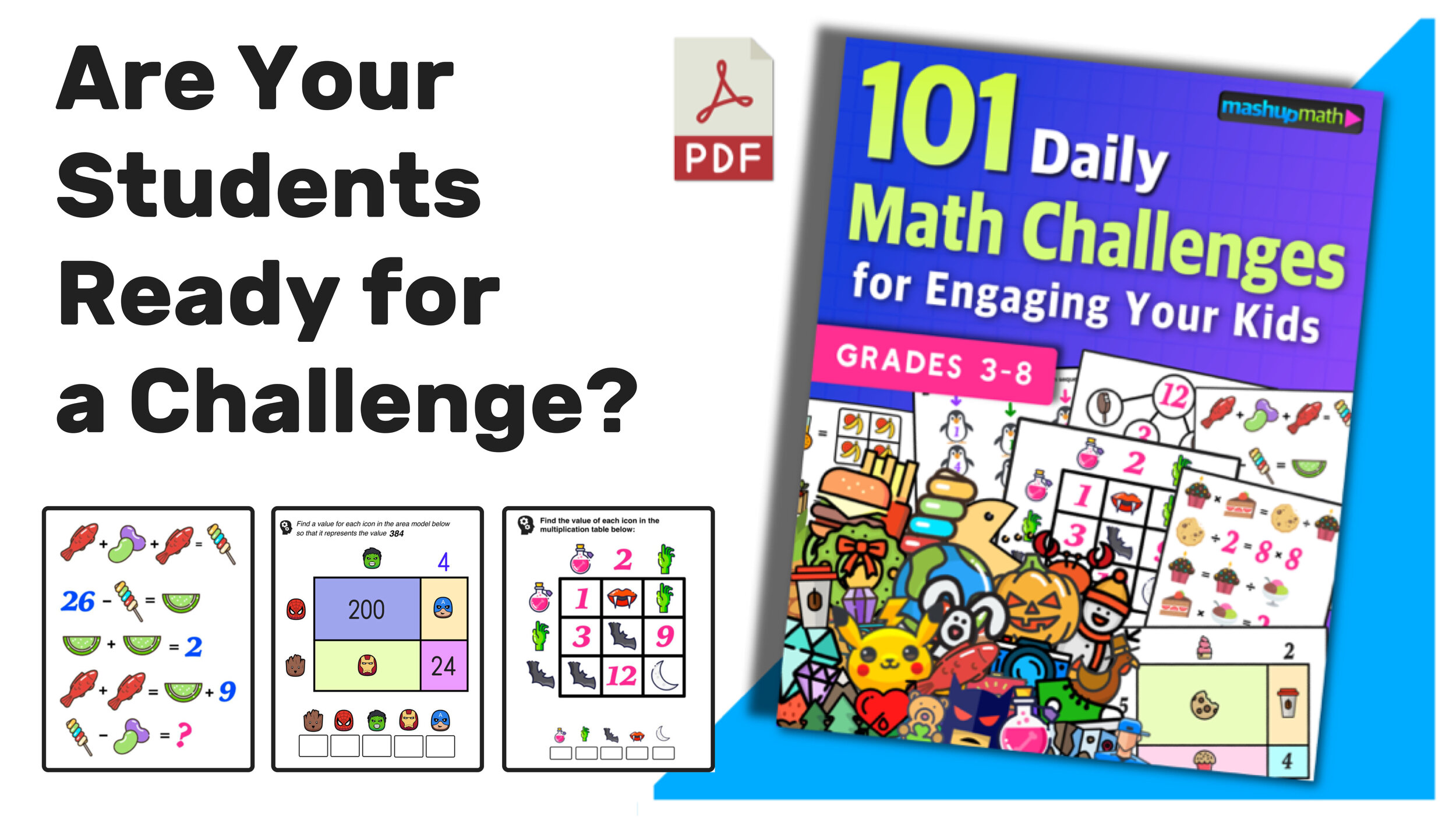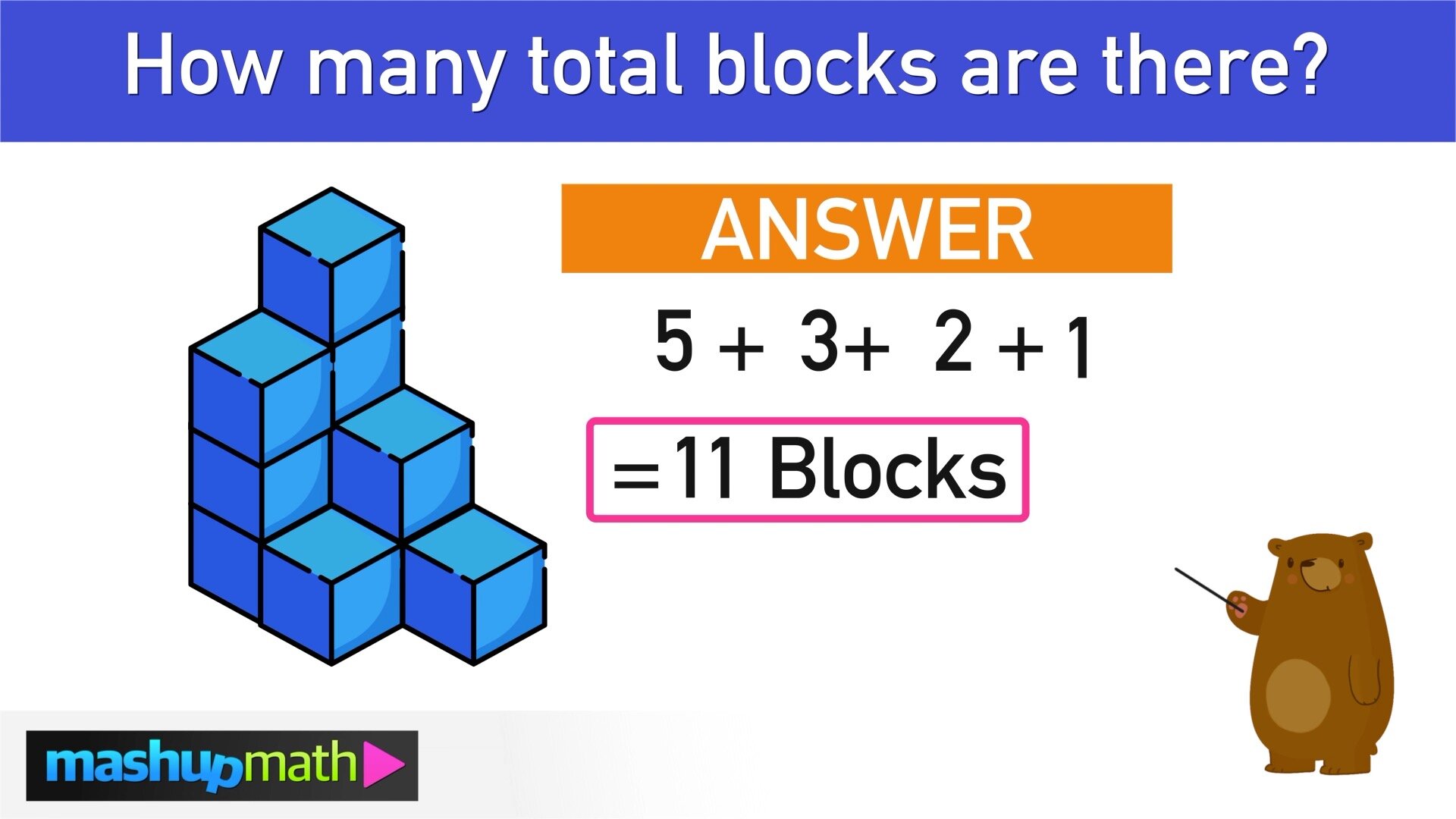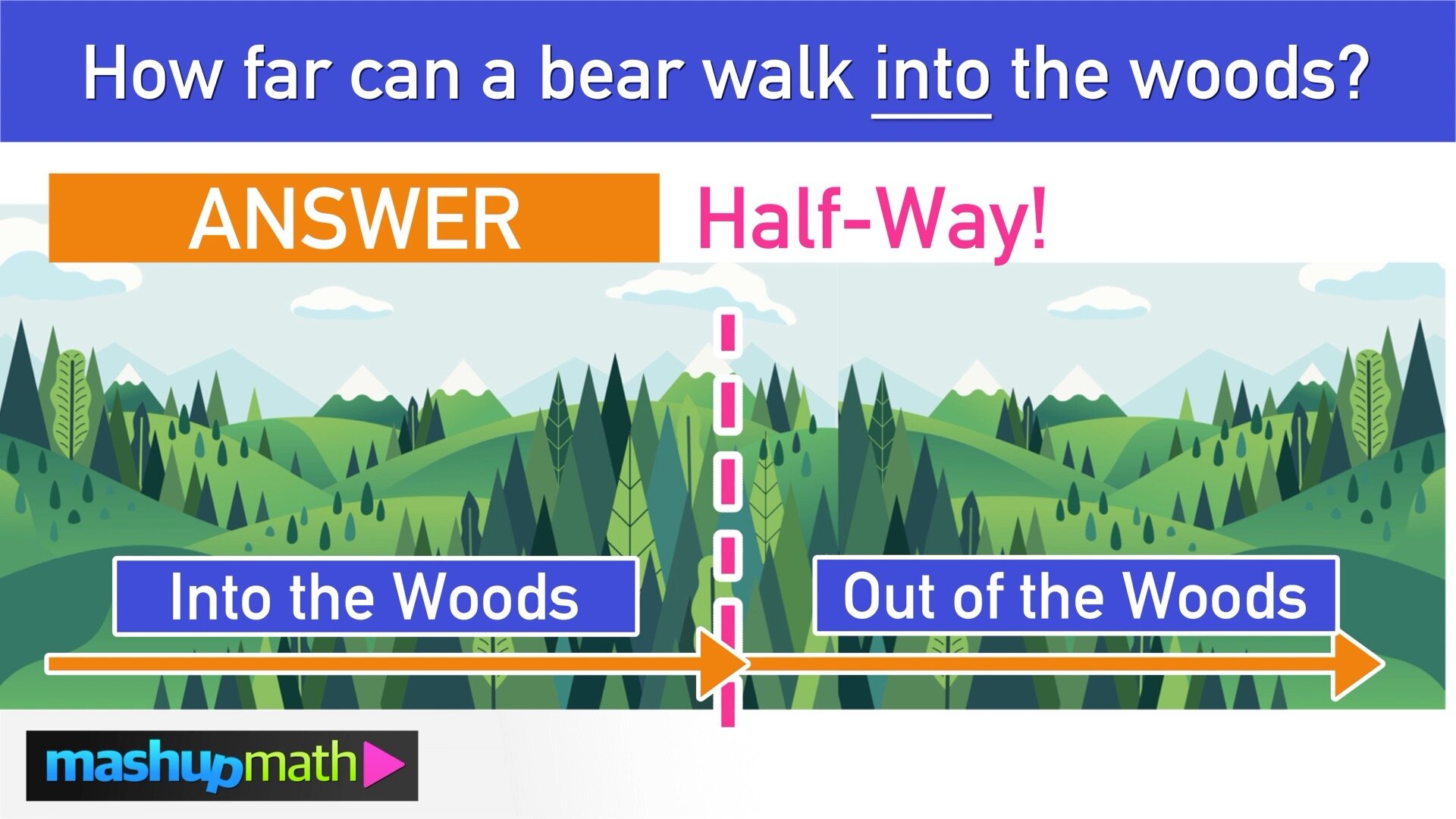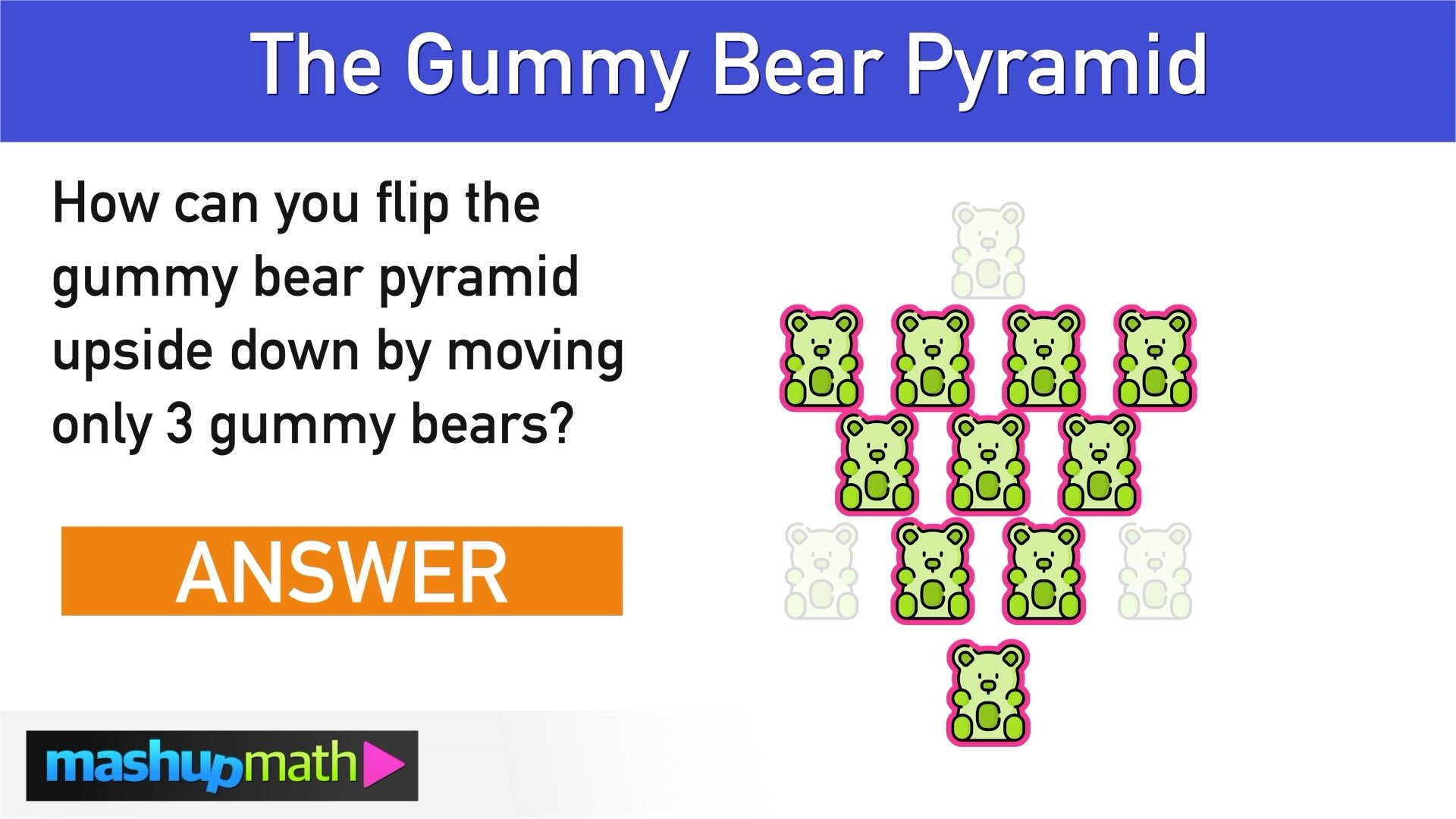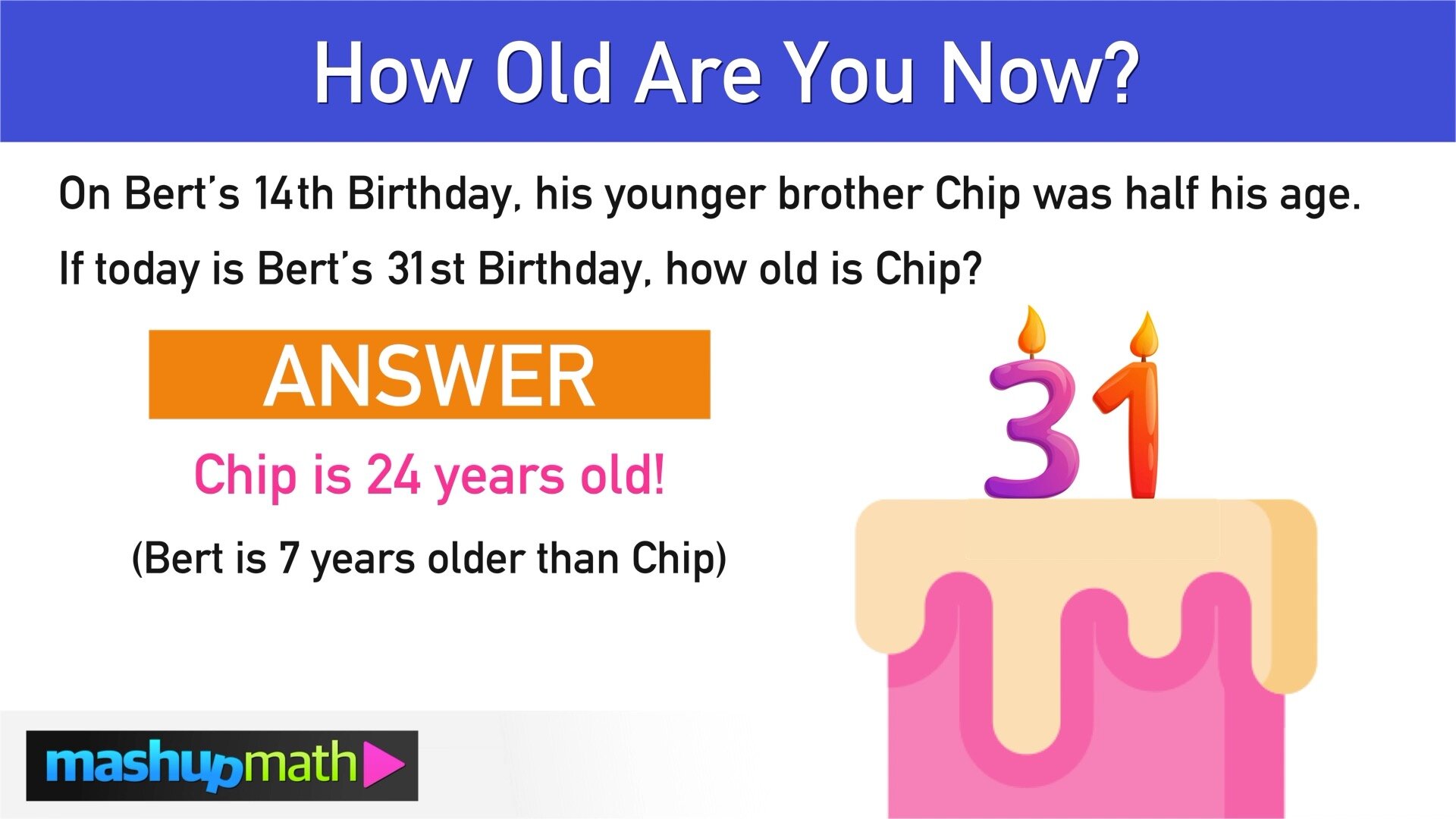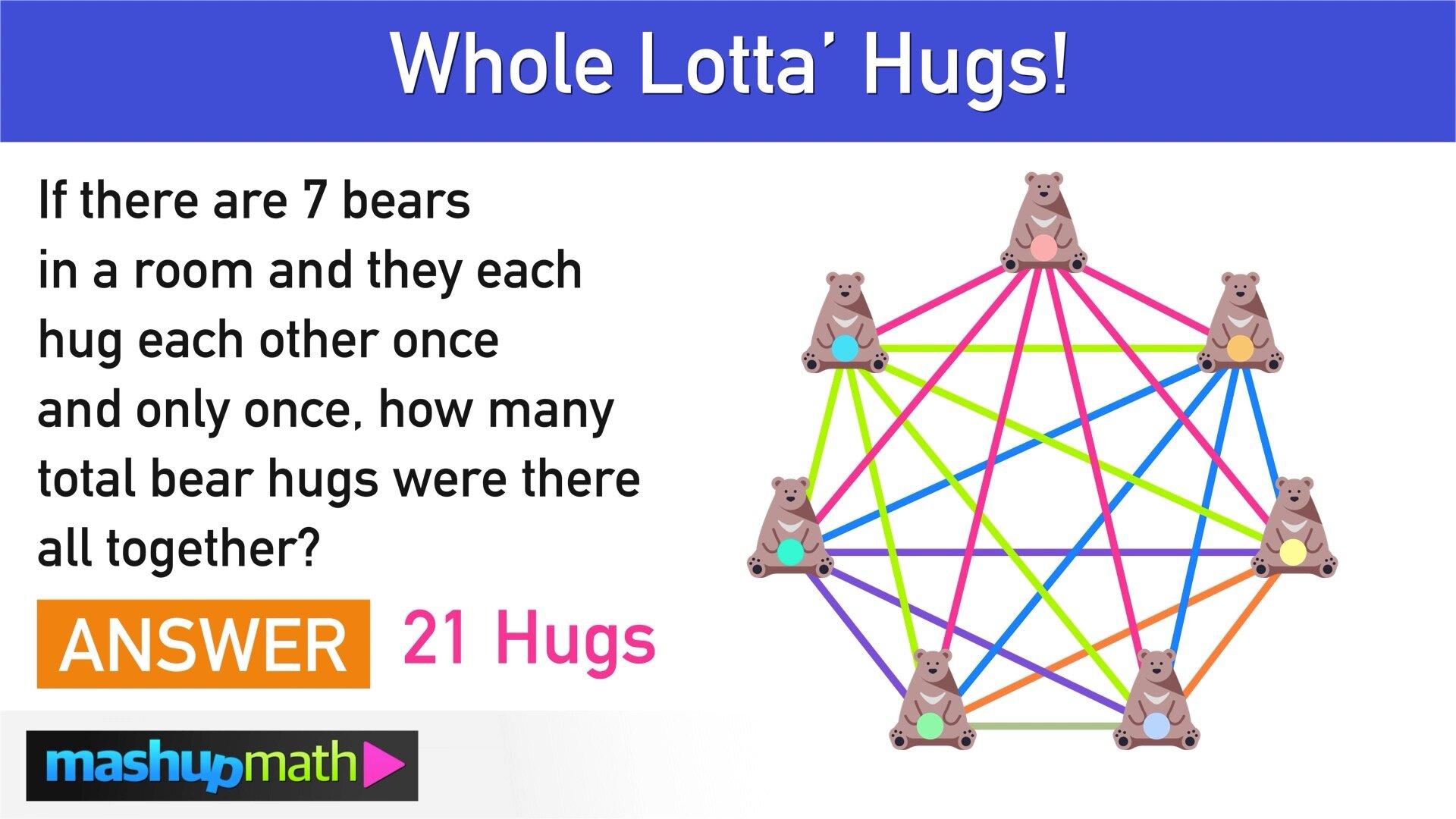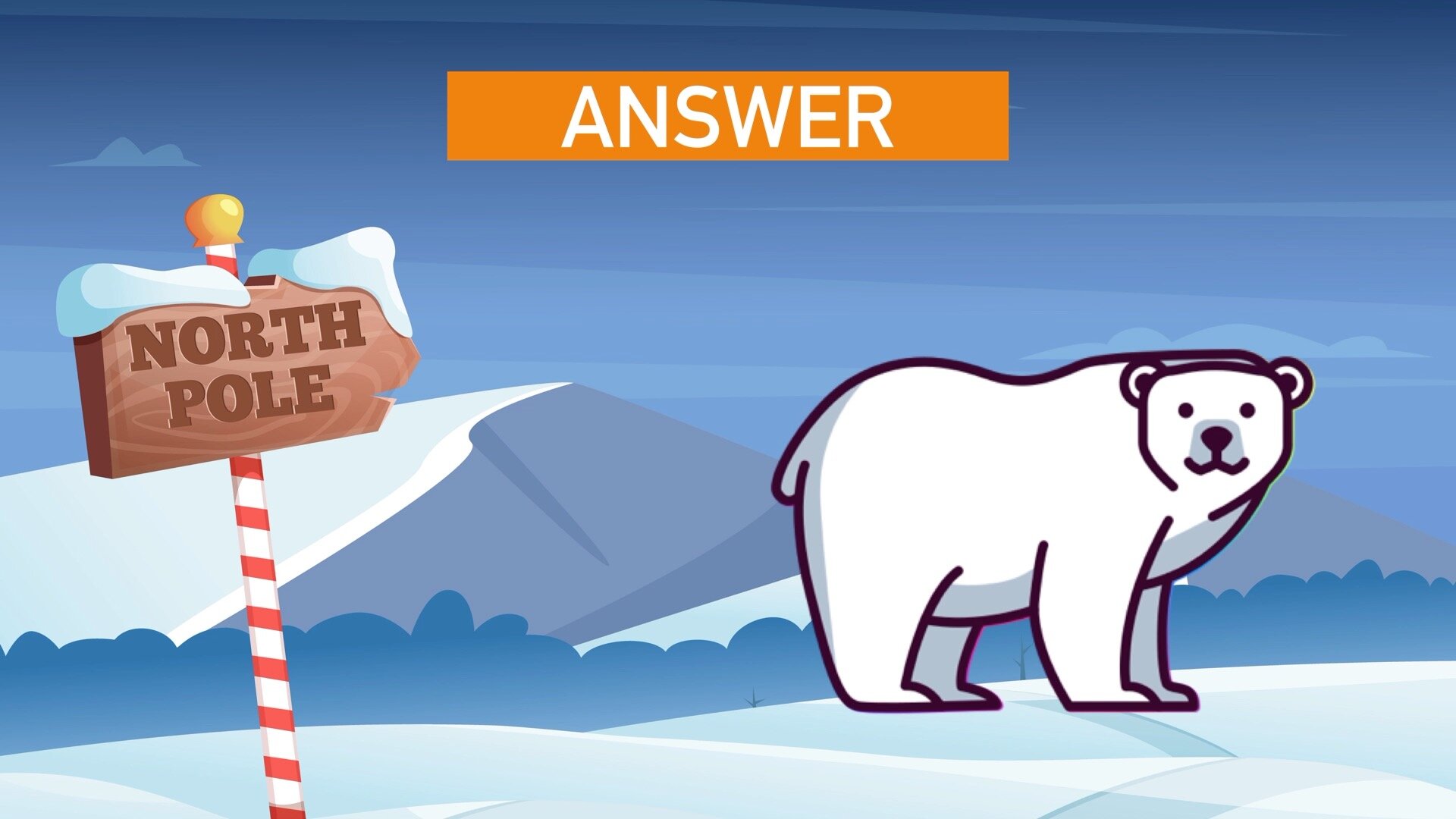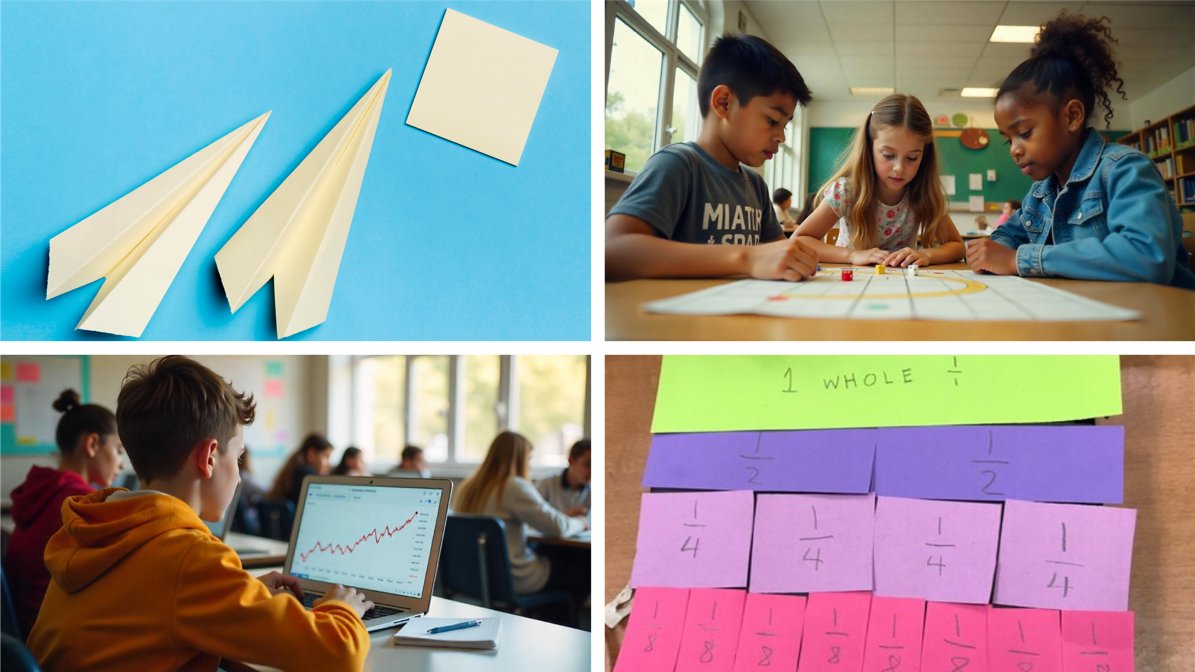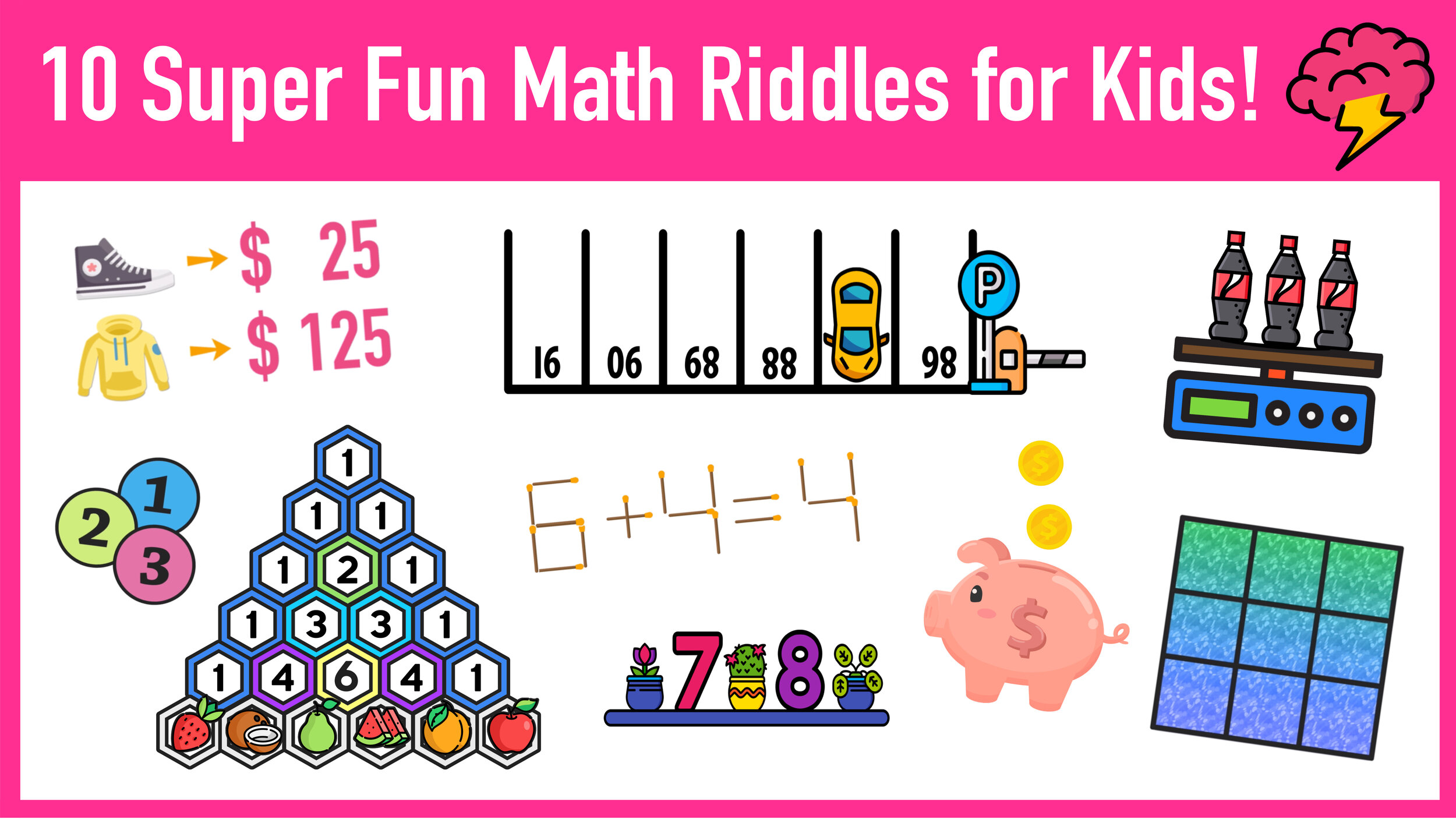Source: Mashup Math FP
Are you ready to celebrate Canada Day with your math students this July 1st?
In Canada, July 1st commemorates the official day of Canada and the anniversary of the Canadian Confederation in 1867. This national holiday is celebrated with get together with family and friends, parties, music, parades, and fireworks.
And you can add working on fun math puzzles to the festivities this Canada Day, by sharing today’s free Canada Day Math Worksheets and Activities for Grades K-8 in your upcoming lesson plans. Today’s activities are super fun, 100% free, easy-to-print, and can be shared with children of all grade levels at home, in the classroom, or both!
These kinds of holiday-themed math puzzles and activities give your kids a chance to apply their math and reasoning skills in an enjoyable context that incorporates critical thinking, number sense, and even algebra skills!
So, if you are ready to channel your kid’s excitement for Canada Day this year into an enjoyable math learning opportunity, then be sure to take advantage of these free Canada Day Math Activities for Kids!
Each worksheet can be used as a warm-up/anticipatory set or cool-down activity as well as a key component to any math lesson for grades K-8. Full answer keys for each activity are included.
Tags: Canada Day, math puzzles, math riddles, 1st Grade, 2nd Grade, 3rd Grade, 4th Grade, 5th Grade, 6th Grade, 7th Grade, 8th Grade, Homeschool, Homeschooling
How to Download: You can download any of the puzzles by right-clicking on the image and saving it to your computer or by dragging-and-dropping it to your desktop.
1.) Find the value of the '?' (for Grades K-2)
Use your math skills to find the value of each icon.
Flag=6
Mountains=10
Hockey Player=9
?=3
Do you want access to hundreds of grade-specific holiday math activities for every month of the year? Become a Mashup Math member and access all of our K-8 math activity libraries. Start your free 7-day trial.
2.) Find the value of the '?' (for Grades 3-5)
Use your math skills to find the value of each icon.
Flag=4
Mountains=5
Hockey Player=3
Poutine=12
?=24
Do you want access to hundreds of grade-specific holiday math activities for every month of the year? Become a Mashup Math member and access all of our K-8 math activity libraries. Start your free 7-day trial.
3.) Find the value of the '?' (for Grades 6-8)
Use your math skills to find the value of each icon.
Flag=70
Mountains=14
Hockey Player=5
Poutine=10
?=89
Do you want access to hundreds of grade-specific holiday math activities for every month of the year? Become a Mashup Math member and access all of our K-8 math activity libraries. Start your free 7-day trial.
Are you looking for more daily math challenges and puzzles to share with your kids?
My best-selling workbook 101 Math Challenges for Engaging Your Students is now available as a PDF download. You can get yours today by clicking here.
How will you use these math puzzles with your kids? Share your thoughts and suggestions in the comments section below!
(Never miss a Mashup Math blog--click here to get our weekly newsletter!)
By Anthony Persico
Anthony is the content crafter and head educator for YouTube's MashUp Math and an advisor to Amazon Education's 'With Math I Can' Campaign. You can often find me happily developing animated math lessons to share on my YouTube channel . Or spending way too much time at the gym or playing on my phone.



